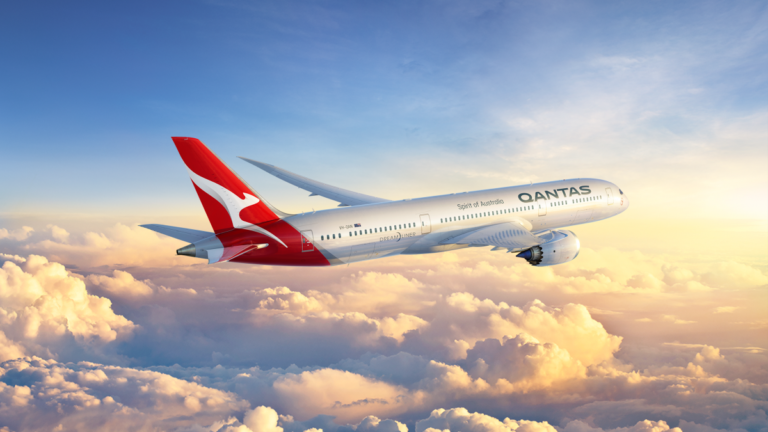It is now one year since Qantas launched its new Perth – London non-stop service. While I haven’t undertaken the trek, it seems that a lot of people have.
To mark the first anniversary of the flight, Qantas has released a ‘report card’ on the service, and it offers some interesting statistics.
Qantas engaged Deloitte Access Economics to investigate the impact the flight was having on the economy. The report highlights the positive impact in the economy. In doing so provides some interesting statistics on the flight itself.
Benefits for the Economy
Based on the number crunching by Deloittes, the following are some of the economic benefits that have flowed through to the economy:
- an increase of $101 million in spending by visitors. This was made up of
- $82.1 million being spent in Perth,
- $17.0 million in rest of WA, and
- $2.3 million spent at Perth Airport by transit passengers.
- generated over $100 million in free publicity due to global interest in the service, including significant exposure for WA as a destination.
- supported creation of 601 full time equivalent jobs, particularly in the tourism and hospitality sector
Flight Statistics
The report also highlighted some interesting statistics about how the flight itself is performing (and helping the bottom line at Qantas)
On the reliability front, there have only been four cancellations, for a reliability rating of 99.5 per cent.
On the outbound leg (PER-LHR), there were an average of 221 passengers on board. The return leg had slightly more passengers, with the average flight flying 223 passengers from London to Perth. This represents an overall average load factor of 94%.
Just under 60 per cent of passengers on the London-Perth leg are from Australia while UK residents make up the majority of overseas passengers at 31 per cent.
Qantas has seen a 30 per cent increase in the total number of passengers travelling between Australia and London via Perth – including a 7 per cent increase in visitors from the UK travelling to Perth.
The new service is also attracting people from other parts of Australia to Perth to join the service, with average outbound passengers made up of 25 per cent from Melbourne, 7 per cent from Sydney, 6 per cent from Brisbane and 4 per cent from Adelaide.
Summary
So, some interesting statistics there. All in all, it seems like a successful first year for the flight.

